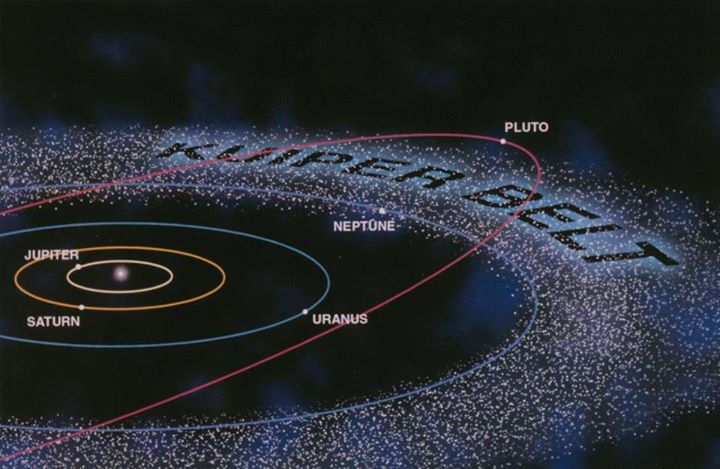

Minor Planet Center (MPC)
A planet must meet a minimum size requirement in order to be classified as such. After all, that’s why Pluto is now considered a dwarf planet, right? Well, not exactly.
Pluto’s reclassification as a dwarf planet in 2006 was a source of much controversy. Pluto had been in the science books for years; millions of children grew up knowing it as the tiny ninth planet of our solar system. But, seemingly abruptly, the International Astronomical Union defined (or redefined) what it means to be a planet within our solar system. The verdict set forth on August 24th, 2006 was the end of a lengthy debate beginning in the late 1970s.
Some people were opposed to the new definition and some supported it, while a vast majority of people were impartial. The cause of much of the dismay for the people who supported Pluto’s status as a planet was the misconceived notion that Pluto was reclassified simply because it wasn’t large enough to make the cut. Mercury isn’t all that much larger than Pluto, so what’s the deal? Does the requirement just so happen to land right in the middle of Pluto and Mercury?
In reality, Pluto’s minute size had little to do with its reclassification. While there is a mass aspect to the IAU’s definition of a planet, Pluto fulfills it. According to the IAU, the three criterions that a celestial body must meet in order to be considered a planet are as follows:
1. The body must be in orbit of the sun.
2. The body must have sufficient mass to undertake hydrostatic equilibrium.
3. The body must have ‘cleared the neighborhood’ of its own orbit.
Pluto is, obviously, in orbit of the sun, and hydrostatic equilibrium means that the body assumes a nearly round shape, which Pluto does. Unfortunately for our icy friend, ‘clearing the neighborhood’ means that, in the final stages of planet formation, the body will have to become gravitationally dominant. This means that, besides its own satellites (and any other bodies under its gravitational influence), there are no celestial bodies that lie within the planet’s orbit. A large body that meets the other two criteria for classification as a planet, but has not cleared its neighborhood, is considered a ‘dwarf planet.’
Pluto is a part of a somewhat stable ring of objects located between 30 and 50 AU from the sun. This ring is known as the Kuiper belt. Pluto is the largest Kuiper belt object and shares many features with the comets. Unfortunately, because of its position in this band, Pluto shares its orbit with a number of other KBOs, disqualifying itself from classification as a planet. So while, yes, Pluto is incredibly small, that’s not why it lost its place as our ninth planet. Regardless, it still has a place in our solar system (and our hearts), making its way around the sun every 246 years. In fact, from its discovery in 1930 to its reclassification as a dwarf planet in 2006, Pluto made less than one-third of a revolution around the sun.
Poor Pluto.